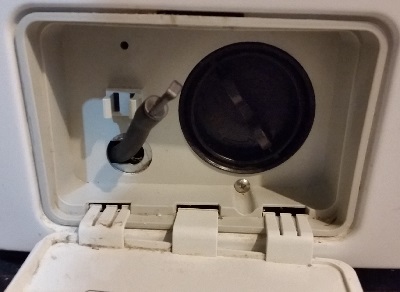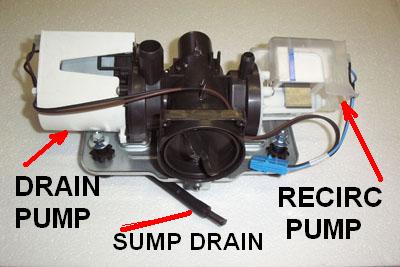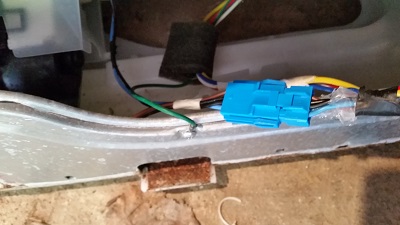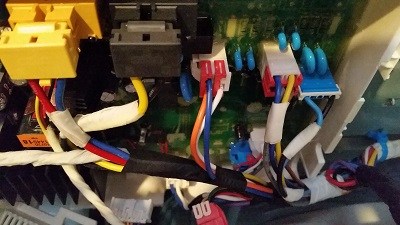
Before disassembling the washer to diagnose the problem, check to be sure there is some water in the tub. Open the filter cover and pull out the little drain hose. Un-cork the end and let the water run into an old drink bottle or a floor drain. Then unscrew the filter to be sure it isn 't stopped up.
See PUMPS for more information about the pumps, including electrical specifications and test procedures.



